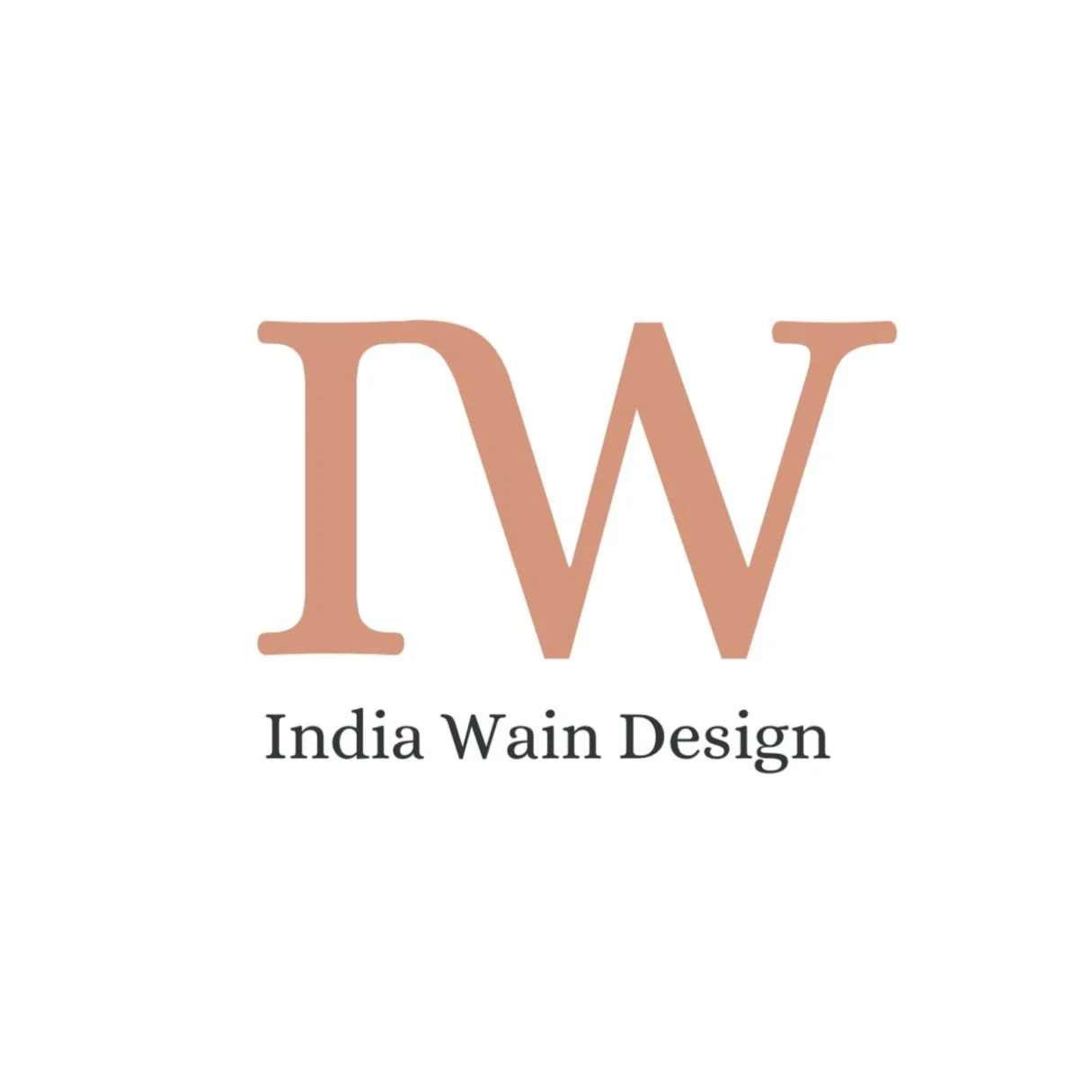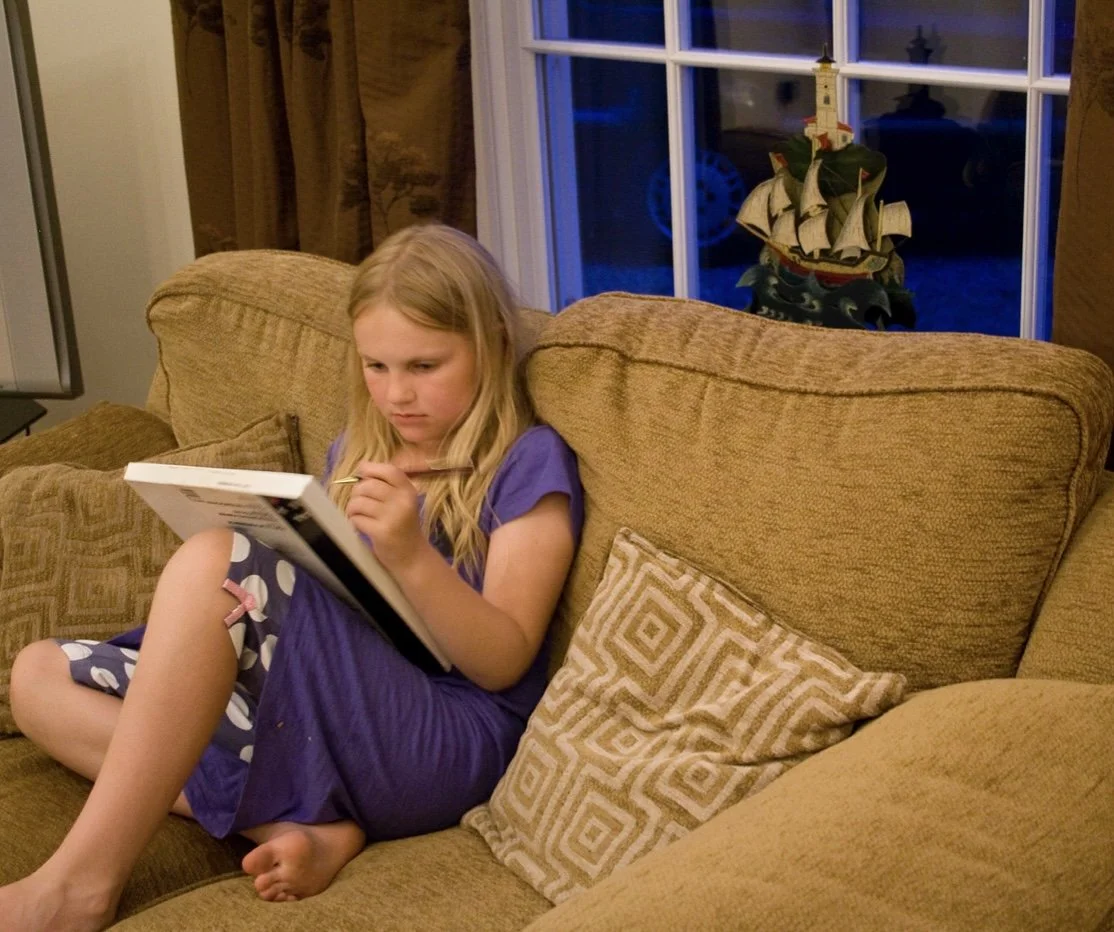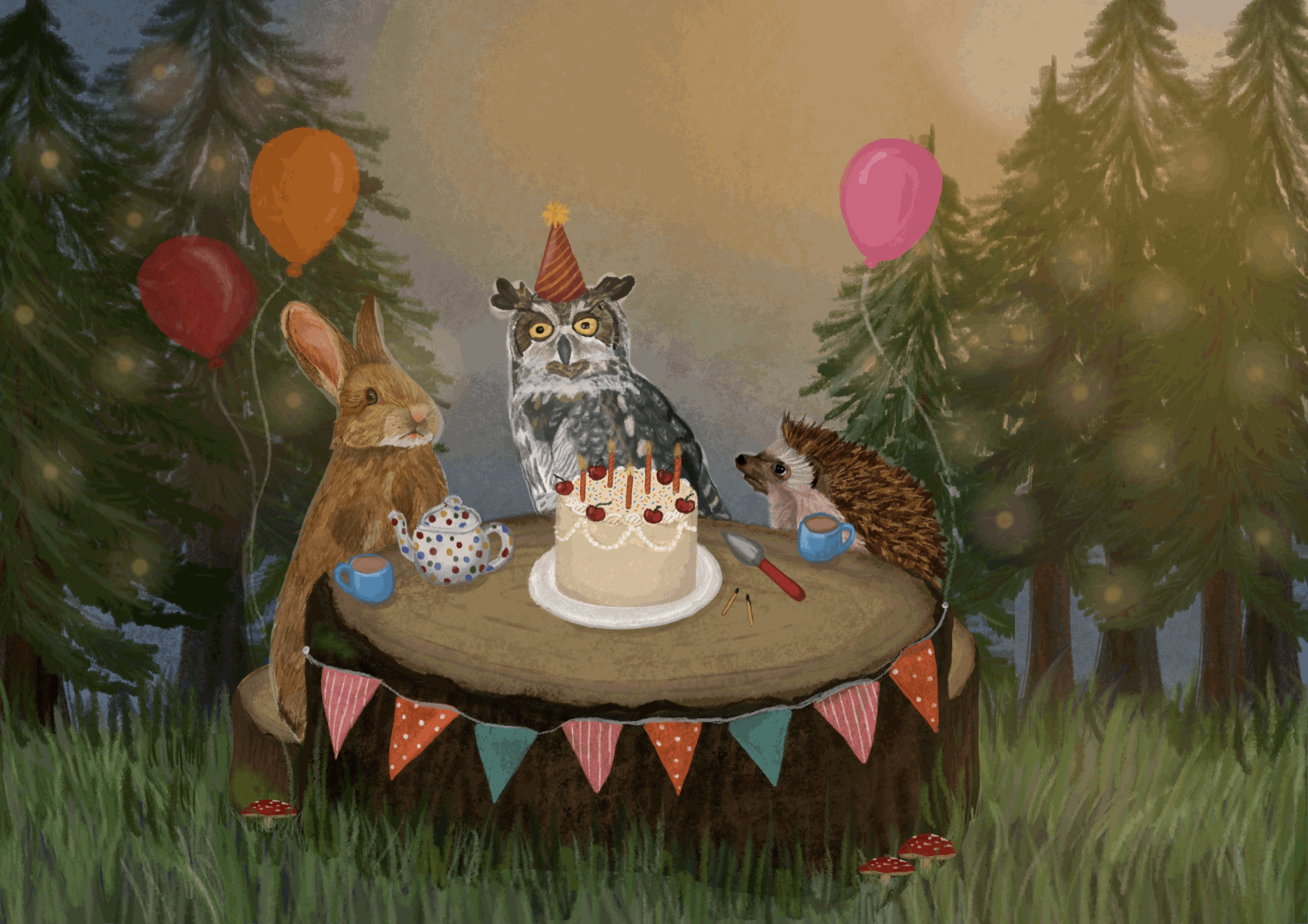How I Found My Artistic Voice (And Almost Lost It)
Art has been a part of my life for as long as I can remember. As a child, I rushed to the easel with uncontainable excitement, filling pages with colour and imagination. But somewhere along the way, that excitement faded. In secondary school, strict teachers drilled realism into me, convincing me that creativity took a backseat to technical skill. For a while, I stopped drawing for myself altogether. It wasn’t until years later that I rediscovered the joy of making art on my own terms—embracing the playful, whimsical style I loved as a child.
Growing up in the early 2000s, my formative years as an artist were long before the iPad era. My tools of choice? Wax crayons and felt-tip pens—though I’d occasionally dabble in coloured pencils if I was feeling particularly sophisticated. I wasn’t exactly a child prodigy, but I was always eager to create. One of my earliest memories is rushing into nursery and heading straight for the easel, paintbrush in hand, ready to get to work on my latest masterpiece. My enthusiasm, however, was met with a firm reprimand—I was supposed to wait my turn.
Every child loves to draw; it’s one of the first ways we express ourselves, long before we can read or write. But while my siblings eventually lost interest, moving on to other hobbies, my fascination with drawing never faded.
At that age, I was captivated by the illustrations in children's books—bold, colourful depictions of animals and characters that felt alive on the page. The Tiger Who Came to Tea, The Very Hungry Caterpillar, The Gruffalo—all the classics. My grandma, who often looked after me, would read to me every night, and I’d linger on the illustrations, tracing the pages with my fingers. I wasn’t consciously drawing inspiration from them back then, but looking at my work now, I can see how those early influences have shaped my style.
Losing My Love for Art
My grandma played a huge role in nurturing my creativity. She was a painter herself and always encouraged me to experiment, to play with colour and texture. She taught me how to create clouds with watercolour by blotting the paper with tissue, introduced me to oil pastels, gifted me beautiful sketchbooks, and even bought me my first set of watercolour paints—paints I still have, nearly 20 years later.
But as I got older, my relationship with art changed. Secondary school, in particular, drained the joy from it. My art teachers were strict, pushing realism as the only "proper" way to draw. Every assignment had to be meticulously detailed, technically accurate, and measured by how closely it resembled real life. Creativity took a backseat to precision. My bright, whimsical illustrations no longer fit the mould of what was considered “good art.” Eventually, I stopped drawing for myself altogether. If my work didn’t look the way they wanted it to, what was the point?
Finding My Way Back
It wasn’t until years later that I rediscovered the joy of creating just for the sake of it. I started drawing again, not to meet someone else's standards, but to explore the kind of art that made me happy. I leaned into playful, vibrant illustrations—ones that felt true to the childhood version of me who rushed to the easel without hesitation.
Now, when I sit down to draw, I often think of my grandma. I like to imagine what she’d say if she could see my work today. And I hope she’d be pleased that, despite everything, I never really gave it up.
Why I Love Digital Illustration
Digital illustration has completely transformed the way I create art, but it wasn’t always love at first sight. My journey started with years of trial and error, battling frustration as I tried to get the hang of a new and unfamiliar medium. What began as simple doodles on my dad’s iPad has evolved into a deep passion, and now, I can’t imagine working in any other way. What I love most about digital illustration is its ability to combine the tactile beauty of traditional mediums with the limitless potential of modern technology. With tools like Procreate, I can mimic the texture of pencils, pastels, and watercolors, but with the added benefits of instant feedback, infinite layers, and the freedom to experiment without fear of permanent mistakes. It’s this combination of creativity and convenience that makes digital illustration my preferred medium.
As an artist, my work is heavily inspired by the books and illustrations I adored as a child—particularly children’s storybooks that were created long before digital illustration became the norm. There's something incredibly special about the texture of colored pencils, pastels, and watercolors on paper. Even when these works are printed, they still retain that authentic charm. And while I embrace the digital world in my own work, I always strive to use brushes and textures that replicate that same tactile, hand-crafted look.
However, despite my admiration for traditional techniques, digital illustration has certain advantages that make it my preferred medium. It wasn’t always this way, though—there were years of frustrating trial and error before I finally embraced digital art. But the journey was worth it, and now I can’t imagine working without it.
A Journey from Struggles to Passion
My introduction to digital illustration began in my teenage years, during evenings spent at my dad's house. He had an iPad and a cheap stylus—nothing like the sleek, high-tech Apple Pencil that’s available today. I would open up a drawing app and doodle whatever came to mind, experimenting with the possibilities of this new digital medium. My dad often joined in too—he called it "painting with pixels," and I loved that concept.
During the lockdown, I began experimenting more seriously with digital art on Photoshop. My tools? Just my fingers and the touchpad of my laptop. It was a far cry from drawing with a pencil on paper—it was difficult to control, and I had to keep my eyes on two places at once to make sure my lines matched what I wanted them to be. The results were often disappointing. I remember sending my dad pictures of my work, and he suggested I invest in a Wacom Drawing tablet. I did, and while the new device was an improvement, it still took time for me to get used to drawing on one surface and seeing the results on the screen. For someone who craves instant feedback, it was a tough adjustment.
For a while, I was stuck in the cycle of producing random, mediocre work—everything from slices of lemon to photos of models I’d found on Pinterest. It wasn’t until I started experimenting with pet portraits—something many digital artists try at least once—that I really began to see progress.
The iPad and Apple Pencil: A Game-Changer
Then came the moment that changed everything. A year later, I decided to take the plunge and buy an iPad and Apple Pencil. It was a decision I’ll never regret. With the purchase came the app Procreate, which cost just £10, and suddenly a whole new world of artistic possibilities opened up to me. This is where my love for digital art really took root.
Why Digital Illustration Works for Me
There are countless reasons why digital illustration has become my preferred medium, but here are the key ones:
Endless Tools at Your Fingertips
With Procreate, I have instant access to an array of tools that mimic any brush, pencil, pastel, or paint. The Apple Pencil feels just like drawing on paper, and I can switch between different textures—watercolor, oil pastel, charcoal—at the touch of a screen. This seamless transition is impossible with traditional paints, where the different textures often don’t mix well. In traditional art, you’d have to wait for layers to dry before you could add detail. But in Procreate, that wait is nonexistent, which is blissful for someone as impatient as I am!Unlimited References
One of the features I love most is the ability to have my reference image right next to my artwork on the same screen. I can zoom in to study the details, and if I want to change my reference, it’s easy to swap it out—importing an image from my camera roll or the internet in a matter of seconds. Procreate makes referencing a breeze, and for more technical work like logo design, you can even trace the image and pick colors straight from it.The Power of Layers
For me, the best part of digital art is the ability to use layers. I’m not the type of artist who can sketch out an entire scene in one go. Instead, I prefer to focus on each individual element, keeping them on separate layers. This allows me to play around with composition, transparency, and color up until the final minute. If I make a mistake, I can simply erase it without affecting anything else. In traditional art, once you’ve committed to a line or color, it’s permanent. You can paint over it or try to work with it, but it’s never quite the same. Digital art, on the other hand, provides a safety net that eliminates the stress of making irreversible mistakes.
In Conclusion
Digital illustration may have its challenges, but for me, it has become the perfect medium to explore my creativity. The versatility, ease of use, and endless possibilities make it my go-to choice, allowing me to blend the traditional textures I love with the innovative features of modern technology. Whether it's creating whimsical illustrations or more technical designs, digital art has opened up a world of opportunities that I’m excited to explore every day.



